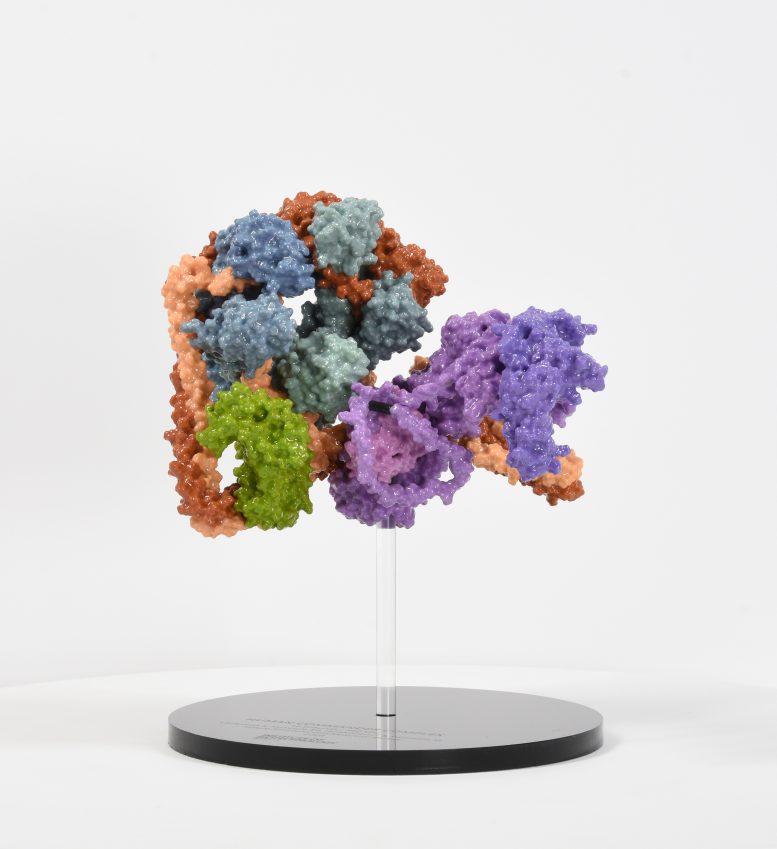
3D printed version of the endogenous Human Commander complex. Credit: Markku Varjosalo & Esa-Pekka Kumpula
Researchers at the University of Helsinki have revealed the complex structure and interaction network of an essential cellular supercomplex called Commander. This breakthrough is expected to enhance our knowledge of inherited developmental disorders.
Cellular communication depends on receptors located on the cell’s surface. The regular absorption and organization of these receptors, essential for either breaking them down or recycling them, are controlled by a complex system, with the Commander complex playing a key role.
Research teams at the Institute of Biotechnology, University of Helsinki, led by Dr. Markku Varjosalo and Prof. Juha Huiskonen dissected the molecular interactions and atomic structure of this supercomplex, in its purest native form present in human cells.
The study is published in Nature Structural and Molecular Biology.
New avenues for potential therapeutic interventions in diseases
The Commander complex’s three-dimensional arrangement and the extent of its interaction landscape have remained a mystery until now. The research team employed cryogenic electron microscopy to capture the structure, complemented by mass spectrometry to analyze complex interactions within cells.
The analysis revealed mutations within the complex associated with developmental disorders. This research opens avenues for potential therapeutic interventions in diseases, such as the Ritscher-Schinzel syndrome, Alzheimer’s Disease, and viral infections like COVID-19, linked to the Commander complex.
“With the combination of our techniques, we can truly start building a large-scale mechanistic picture of how these fundamental cellular machineries function in our bodies and what happens when things go wrong in them”, Dr. Esa-Pekka Kumpula, one of the study’s lead authors, emphasizes.
“We saw first-hand that despite the advent of excellent predictive models, experimental evidence is still critical for determining the correct, biologically relevant structure”, he continues.
Reference: “Structure and interactions of the endogenous human Commander complex” by Saara Laulumaa, Esa-Pekka Kumpula, Juha T. Huiskonen and Markku Varjosalo, 8 March 2024, Nature Structural & Molecular Biology.
DOI: 10.1038/s41594-024-01246-1
The study was financially supported by the Research Council of Finland, Biocenter Finland, University of Helsinki, The Sigrid Juselius Foundation, The Emil Aaltonen Foundation, Instrumentarium Science Foundation, and the Cancer Foundation Finland.


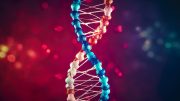
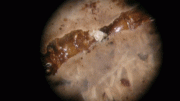
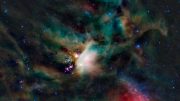

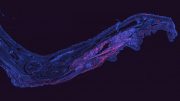


Be the first to comment on "New Biology Unveiled for Fundamental Cellular Machinery"